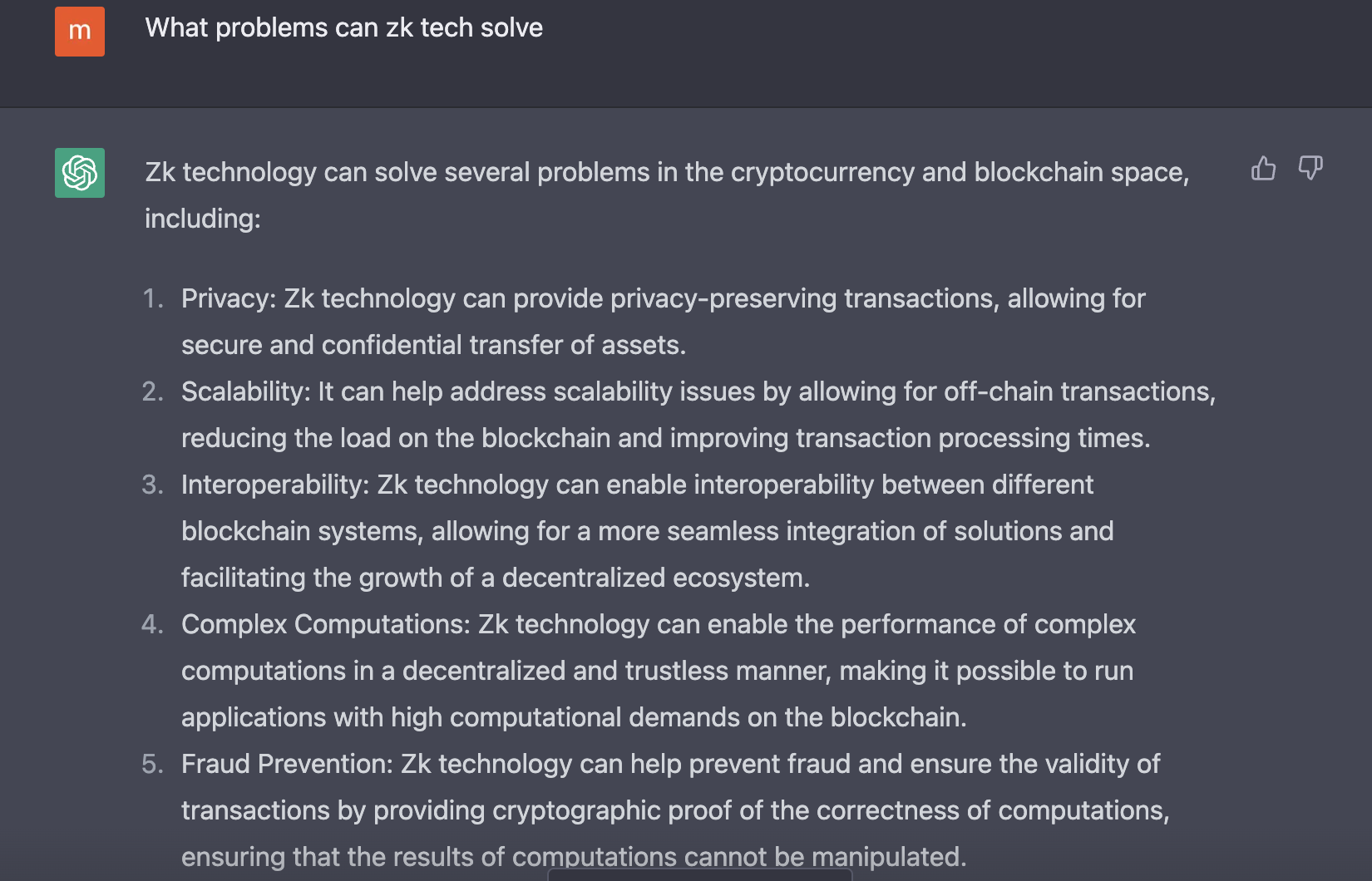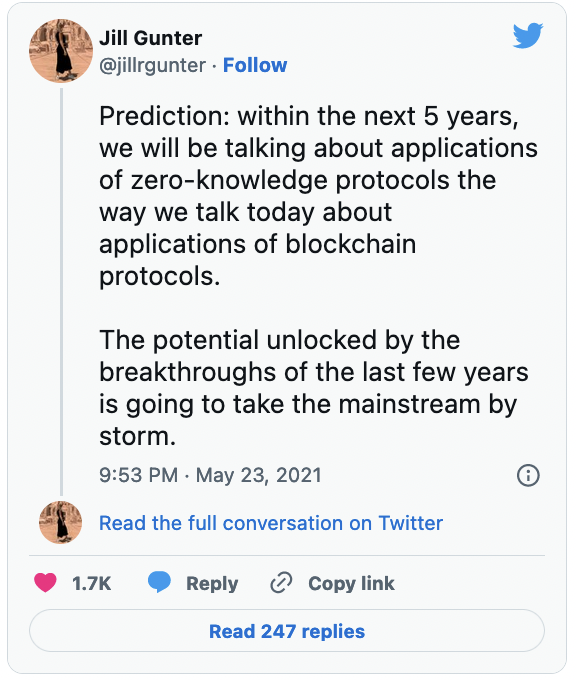As the current smart contract landscape increases in complexity, with dapps becoming more advanced and blockspace more scarce, the costs of running on-chain code are only increasing. In other words, if your DeFi logic is becoming computationally expensive or your on-chain game logic needs the extra compute power, you should be looking at using a zkVM or zkEVM to move the complex application logic off-chain.
In this blog post, I want to explain the difference a single letter can make in this context. I’ll start with an overview of EVM, followed by zkEVM, and move on to zkVM. While zkEVMs allow you to transport Solidity applications off-chain, RISC Zero’s zkVM and the upcoming Bonsai network allow you to write scalable, chain-agnostic code using Rust.
Quick overview of EVM:
EVM stands for Ethereum Virtual Machine, and you can think of it as software that performs all the transactions on Ethereum. Each node participates in the Ethereum network by running this software (implementations such as geth). In Ethereum, the transactions are represented by code in a format called the EVM bytecode which represents instructions for the EVM. Largely, these instructions are geared toward mathematical computations, getting information about the blockchain, and exchanging money. There are many virtual machines out there in the world and each one has its own specialty. Ethereum’s virtual machine is critical because it is more specialized towards decentralized finance (DeFi).
What is “zk” and why is everyone placing it in front of other words?
One of the coolest trends these days is to put “zk” at the front of words where these letters stand for zero-knowledge proofs. There are many examples on wikipedia (my favorite being the “Two balls and the color-blind friend” problem). If you’re unfamiliar with them, I suggest taking a few minutes at this point to read an example of a zero-knowledge proof.
Long story short, zero-knowledge proofs enable verifiable computing. You can think of this as a way to ensure which computation was done and that the result of the computation is correct. One way for computers to agree on a result of a computation is for each machine to run the same code and compare the results. Depending on the computation, this can be expensive for systems with limited resources. By using zero-knowledge proof frameworks like RISC Zero’s, machines can ensure that the computation executed correctly by checking the mathematical validity of the proof instead of running the same code.
Here at RISC Zero, we refer to these proofs as “receipts,” and I’ll use this terminology for the rest of the blog. Each receipt includes a cryptographic identifier that indicates which computation was done as well as a log of any public outputs of the computation. While this may seem like a simple concept, it means that machines can generate receipts to “prove” that a computation was done.
So what happens when you put zk in front of EVM?
The term zkEVM is used to describe software that runs a smart contract on the EVM bytecode engine and generates a receipt for a particular computation (or transaction). This software can usually prove that two or more receipts are valid and generate another receipt. By using this mechanism, zkEVMs can run many transactions and represent it using a single receipt and this is referred to as a “rollup”. Rather than doing all computations on-chain, projects written in Solidity can use zkEVMs to scale transactions by posting a single receipt on the blockchain to represent many transactions that happen off-chain. There are many types of zkEVM’s and if you want to learn about them, you can read more in this article.
zkVM: Freeing Verifiable Computation by dropping the E
At RISC Zero, we implement a zero-knowledge virtual machine (zkVM) rather than a zkEVM. The difference between the two is that a “VM”, which stands for “virtual machine”, is more general than the EVM. On the zkVM, you can run just about any software that runs on a computer rather than anything that can run on Ethereum. This computer uses the RISC-V architecture which is a set of instructions used for general-purpose computing. This means that RISC-V doesn’t have a notion of wallet addresses or other blockchain constructs built in. The instruction set is mostly composed of operators that move data between memory locations and do mathematical operations on data. While this instruction set may seem overly general, there is no requirement for programmers to know how to program in assembly language in order to write programs for this zkVM.
In contrast to the EVM, this underlying RISC-V emulator allows programmers to write in languages such as Rust, C/C++, and Go for the zkVM (note, we currently support Rust and our C/C++ and Go support is currently in-progress). This means that programmers for the zkVM can use relevant libraries that others have developed within the language’s ecosystem. One example is that we can run programs that play games like Wordle or Where’s Waldo. However, we aren’t limited to simple games: you can run many other programs that compile to RISC-V.
What’s so useful about running RISC-V programs?
If you started reading about this because you wanted to learn more about frameworks that can help you write better DeFi apps, you might be wondering why we are working on such a generic computation framework. By allowing users to write programs using general-purpose languages, we open up the possibilities to writing code outside of Solidity libraries. This means that the application logic does not need to be limited to what can be expressed using Solidity and allow you to write chain-agnostic code. General-purpose languages like Rust allows developers to write different kinds of programs more easily than languages that are designed for a specific purpose. For example, you can write a simple arithmetic calculator using Rust that takes a mathematical expression as input, runs the mathematical computation, and returns the solution as the output. If you increase the complexity of this calculator to support common programming language constructs such as variables, loops, and functions, you’ve implemented a simple language interpreter that take a program as the input, runs the program, and returns the solution as the output. These programs can be compiled to RISC-V and run on RISC Zero's zkVM. With Rust, you could use existing crates to program your application instead of writing everything from scratch.
One such library is the revm crate on rust. This crate is an implementation of EVM that is written in Rust. By using this crate, we can run an EVM bytecode interpreter on the zkVM. This means that you can run solidity contracts on the EVM bytecode interpreter that runs on the zkVM! By doing so, the zkVM generates a receipt that represents execution of the EVM running a smart contract. This has been explored in this blog post by Odra and has been used by the zkPoEx team to improve bug bounties.
How to scale blockchains
As the current smart contract landscape increases in complexity, many people find that the on-chain code they maintain will only increase in cost as they develop it. In other words, if your DeFi logic is getting to become computationally expensive or your on-chain game logic needs the extra compute power, RISC Zero’s zkVM and the upcoming Bonsai network allow you to write scalable chain-agnostic code using general purpose programming languages! I’ve listed a few examples in this blog post, and we are at the very beginning of truly scalable computation network. If you want to see what this is all about, get started today, join our community, sign up for bonsai and help build a decentralized and scalable internet for all.



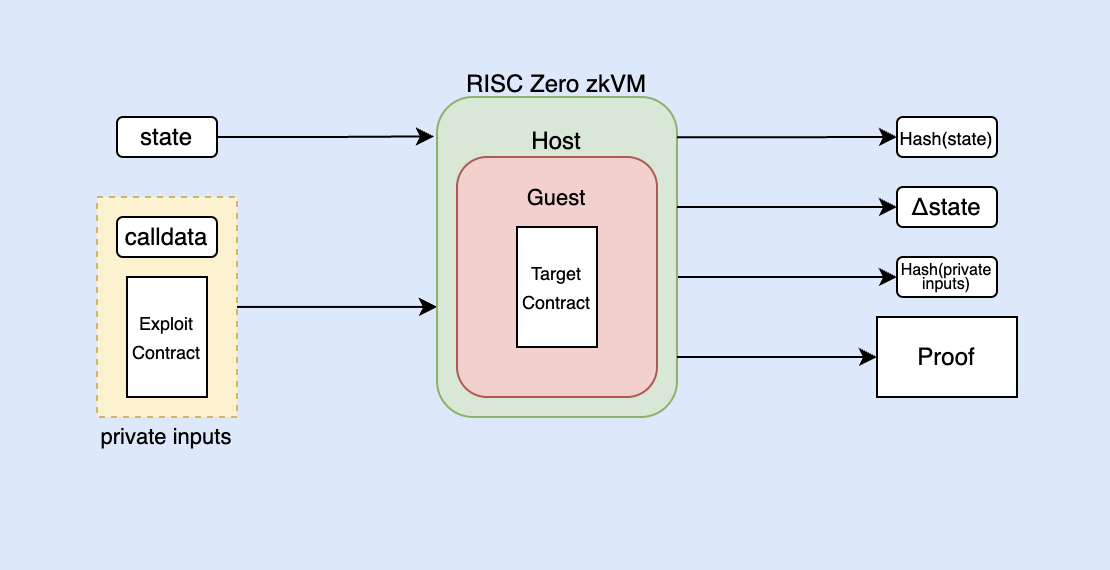

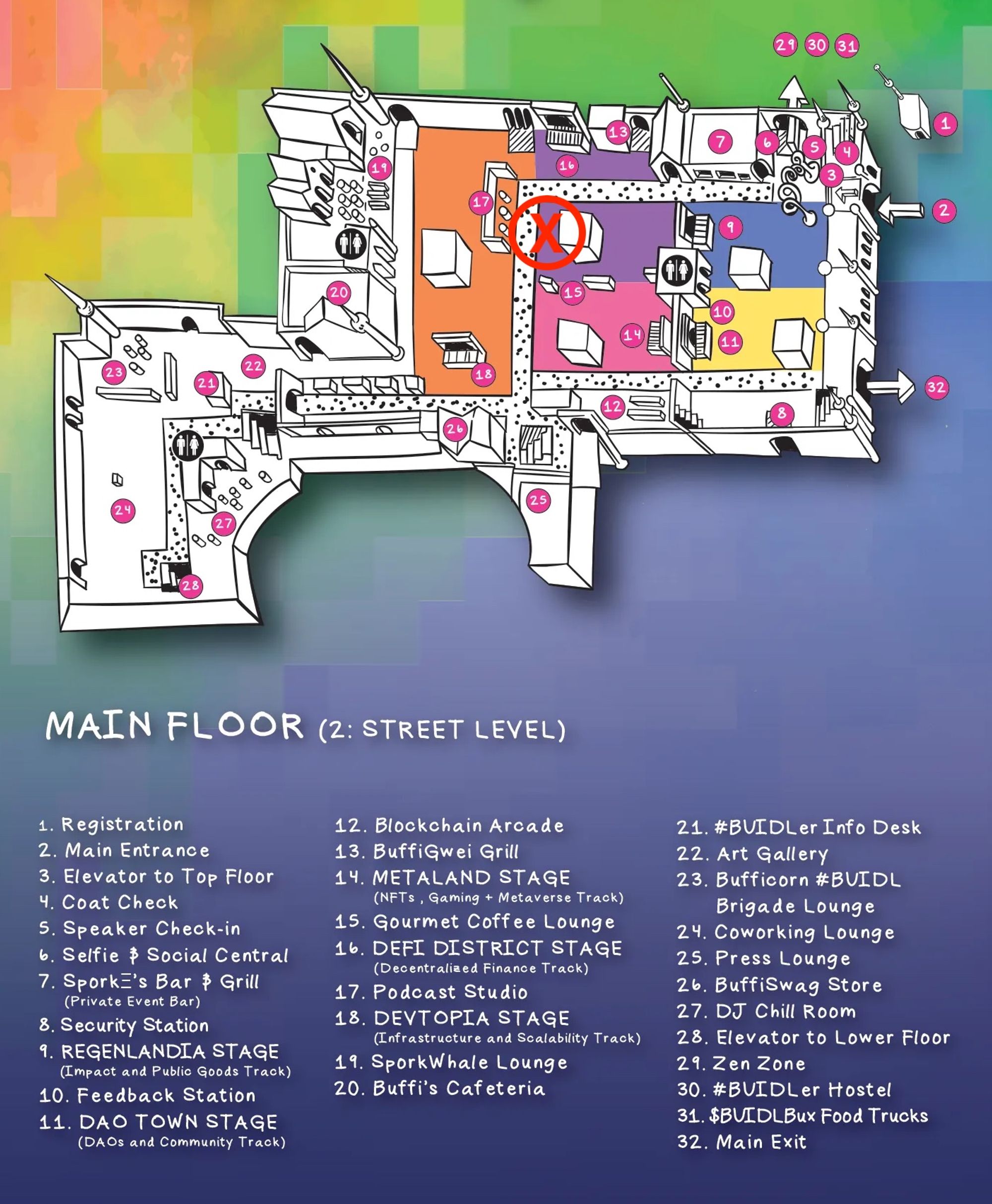

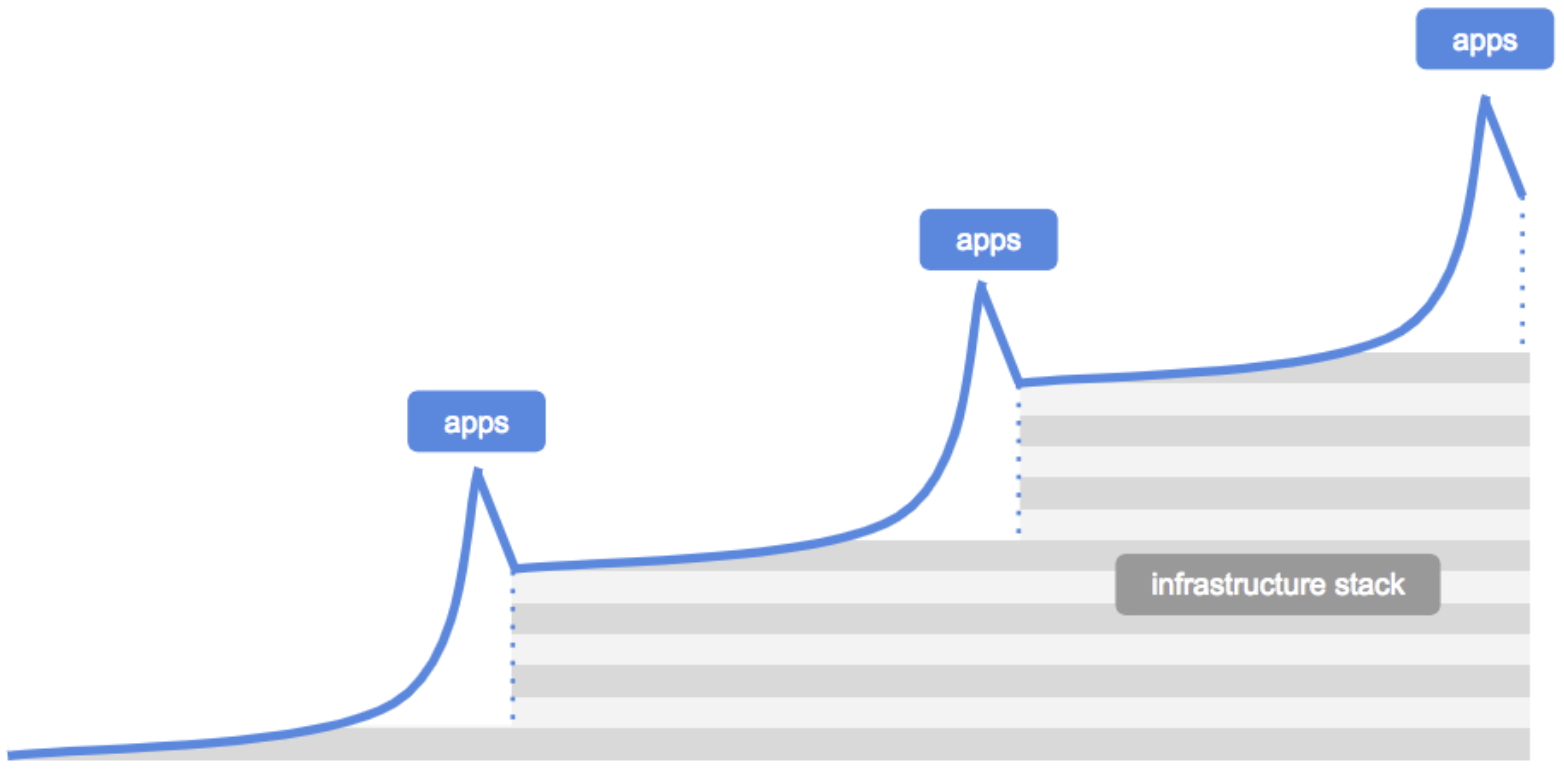 Refer this USV piece on
Refer this USV piece on 